Technological Innovations
Technological advancements in manufacturing processes are likely to propel the Paper-Based Laminate Market forward. Innovations such as digital printing and enhanced adhesive technologies have improved the quality and functionality of paper-based laminates. These advancements not only enhance the aesthetic qualities of the products but also increase their durability and resistance to wear and tear. Market analysis indicates that companies investing in these technologies are experiencing higher production efficiencies and reduced waste, which can lead to cost savings. As a result, the Paper-Based Laminate Market is expected to benefit from these technological improvements, attracting new players and fostering competition.
Sustainability Initiatives
The increasing emphasis on sustainability appears to be a pivotal driver for the Paper-Based Laminate Market. As consumers and businesses alike become more environmentally conscious, the demand for eco-friendly materials is on the rise. Paper-based laminates, often derived from renewable resources, align well with these sustainability goals. In fact, the market for sustainable materials is projected to grow significantly, with estimates suggesting a compound annual growth rate of over 10 percent in the coming years. This shift not only encourages manufacturers to innovate but also attracts a broader customer base that prioritizes sustainable practices. Consequently, the Paper-Based Laminate Market is likely to witness a surge in demand as companies strive to meet these evolving consumer preferences.
Diverse End-Use Applications
The versatility of paper-based laminates is another critical driver for the Paper-Based Laminate Market. These materials find applications across various sectors, including furniture, flooring, and packaging. The furniture industry, for instance, has increasingly adopted paper-based laminates due to their aesthetic appeal and durability. Market data indicates that the furniture segment alone accounts for a substantial share of the overall paper-based laminate consumption. Furthermore, the packaging sector is also experiencing a shift towards these laminates, as they offer a lightweight yet robust alternative to traditional materials. This broad range of applications suggests that the Paper-Based Laminate Market is well-positioned for growth, as it caters to diverse consumer needs and preferences.
Consumer Preferences for Aesthetics
The growing consumer preference for aesthetically pleasing products is a notable driver for the Paper-Based Laminate Market. As interior design trends evolve, there is an increasing demand for materials that offer both functionality and visual appeal. Paper-based laminates can mimic the appearance of natural materials, such as wood and stone, at a fraction of the cost. This capability makes them particularly attractive to budget-conscious consumers and designers alike. Market trends suggest that the demand for decorative laminates is on the rise, with projections indicating a steady increase in sales over the next few years. Consequently, the Paper-Based Laminate Market is likely to thrive as it adapts to these changing consumer tastes.
Regulatory Support for Eco-Friendly Materials
Regulatory frameworks promoting the use of eco-friendly materials are emerging as a significant driver for the Paper-Based Laminate Market. Governments worldwide are implementing policies aimed at reducing plastic waste and encouraging the use of sustainable alternatives. These regulations often favor materials that are biodegradable or recyclable, positioning paper-based laminates as a favorable option. Market data suggests that regions with stringent environmental regulations are witnessing a faster adoption of paper-based laminates in various applications. This regulatory support not only enhances the market's growth potential but also encourages manufacturers to invest in sustainable practices, thereby reinforcing the Paper-Based Laminate Market's commitment to environmental stewardship.



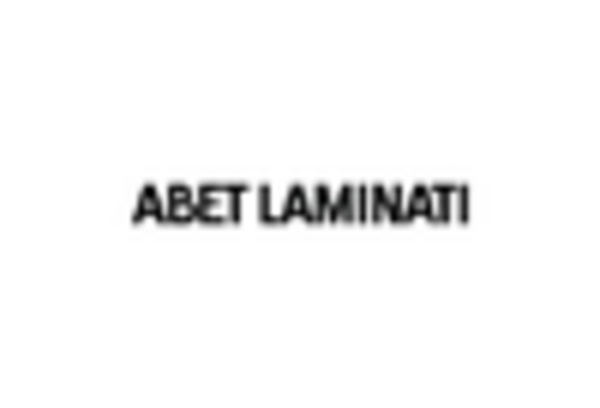
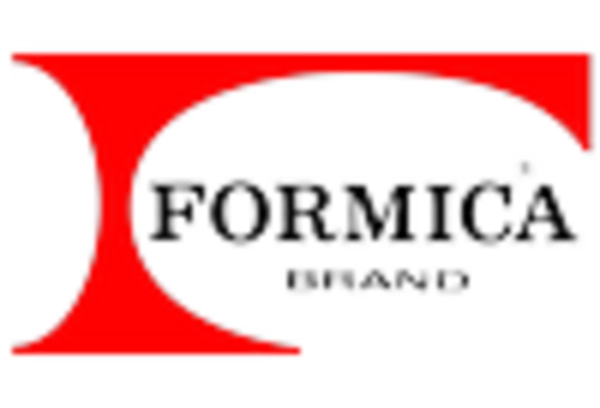
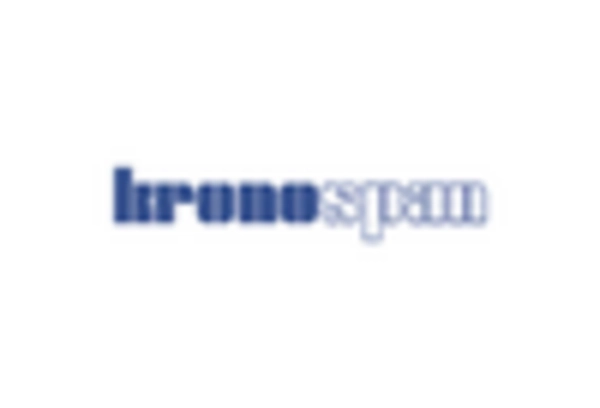
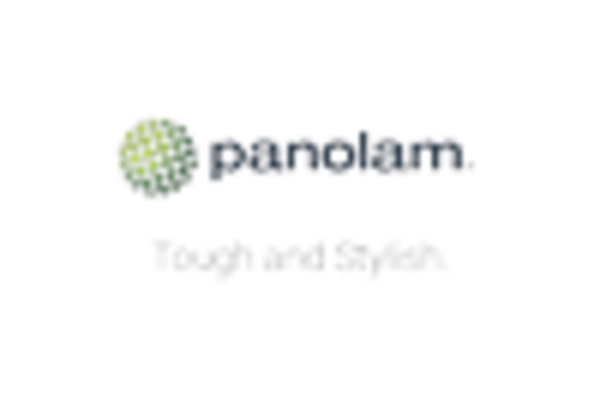

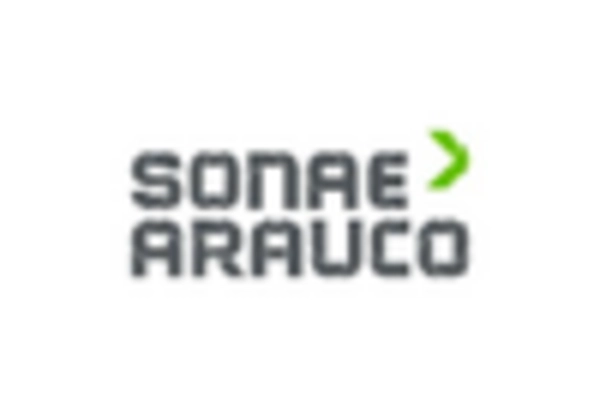
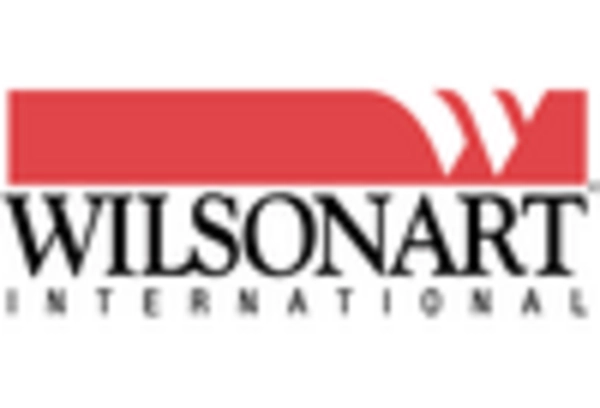








Leave a Comment